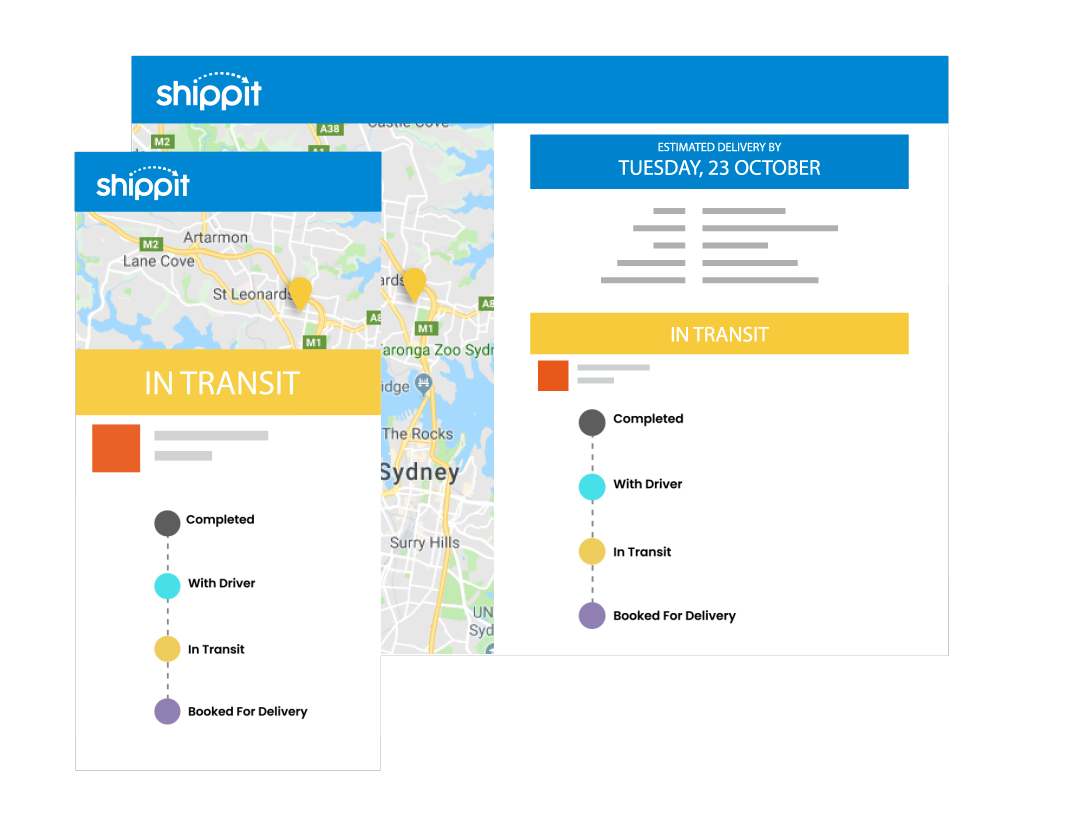When it comes to driving profitability through shipping, it’s generally a tale of two sides. On one side, it’s about pushing revenue up, however, on the other, it’s about driving costs down. In this see-saw of shipping tactics, it can be hard for online retailers to get the balance right and use shipping as an opportunity.
For retailers to shift their view that shipping can drive profitability, they need to see beyond the balance sheet and use shipping as a compelling value proposition to acquire and convert customers.
Retailers that integrate a clear value proposition into their shipping policies are seeing fewer abandoned carts, higher average order values and increased retention. To help you switch your shipping from painful to profitable, here are a few tactics you can implement to drive profitability through shipping.
Impact of Shipping Strategies on Cart Conversion
We’re starting to see a demographic changing of the guard. With Gen Z now armed with a disposable income and a voracious appetite for next-level customer experience, shipping is fast becoming a great differentiator for online brands.
With over 70 million people now in their early 20’s, they’re making a big dent in online retail, and marketers need to adjust their strategies to suit this fickle army of spenders. According to a recent article by Power Retail, 97% of Gen Z shoppers will abandon their cart if they’re dissatisfied with the shipping options offered. A further 71% of young shoppers say they’d increase their basket size if it meant they got free and fast delivery.
Dissatisfaction can stem from a range of things including user experience, but when it comes to shipping, having just one option in your checkout is not going to cut it. So if you’re one of those retailers that only offers one standard delivery method in the checkout, it’s time to broaden your horizons.
Shipping as a Differentiator

With online megastores like Asos setting the benchmark for free shipping, smaller brands are often stuck in a loop of free delivery while trying to economise on shipping rates.
As innovations in delivery capabilities become stronger, new trends suggest customers are willing to pay for shipping, so long as it caters for same-day or on-demand shipping services. Services like Uber Eats and Deliveroo are great examples of charging for delivery when urgency justifies the cost. Similarly, with BWS’ new on-demand delivery, customers would gladly pay for shipping to have chilled drinks delivered to their door in under an hour.
We’re starting to see a lot more brands using delivery capability as a core differentiator to push people to site and drive conversions. With statistics showing over 50% of customers willing to click through on campaigns boasting a shipping offer, innovation is nothing to sneeze at.
Where Shipping Fits Across the Customer Journey
Traditionally, online retailers have thought about shipping at the last stages of the customer journey, primarily as a tool to drive conversions at checkout. There are at least three different areas where shipping can influence a purchase.
Firstly, trough EDMs and social media, a lot of retailers incentivise shipping to drive traffic to their site. One look through your inbox will prove this point.
The second area is in incentivising customers to add more items to their basket. We know shipping incentives play a significant role in upping average order values, and with 71% of shoppers willing to add more items to their basket for free and fast delivery, it’s an area worth focusing on.
The final area is conversion focused; using shipping to turn browsers into buyers and avoid cart abandonment.
Online retailers that keep their donkey blinkers on and offer a single-solution shipping method need to shift their thinking. Start seeing shipping less as a cost, and more as an opportunity.
Four Tactics for Driving Revenue
When it comes to tactics for driving revenue through shipping, here are four key things retailers can do.
Shipping Pricing
Start by taking a good look at your shipping pricing strategy. Think less about the cost of delivery and more about the opportunity for customer experience. Merely adding a markup to cover your costs doesn’t take into account the value of your customers and how they perceive your brand. Start with the experience and work backwards.
Shipping Thresholds
This is a crucial part of consumer behaviour and buyer psychology that you can tap into to remove the unnecessary cost to your business. Think about how adding a free shipping threshold would impact perceived value and the grudge mentality around freight.
On-Page Strategies
This is where on-page messaging cuts through and plays a crucial role in the path to purchase. Consider how you could use your product page to communicate shipping options to your customers. Aim to give your customers no surprises through the shopping journey; make sure shipping costs are up front and clearly displayed.
Options
When looking at your shipping strategy, it’s always going to be a balance between speed, price, quality and convenience. Because a lack of shipping options is a leading cause of cart-abandonment, pay attention to optimising the shipping options displayed at checkout.
To find out how Shippit can help you turn shipping into your competitive advantage and make smarter decisions, click here.

